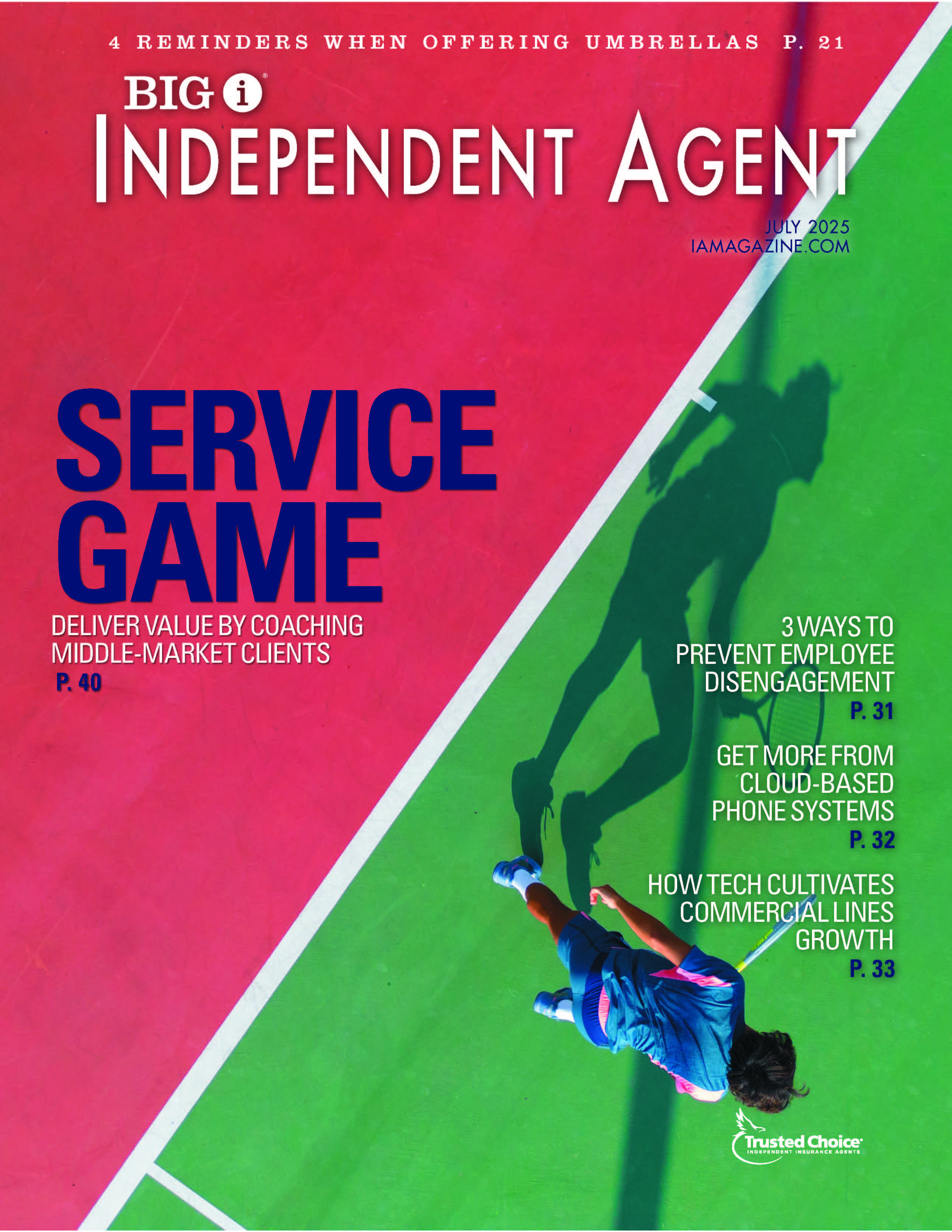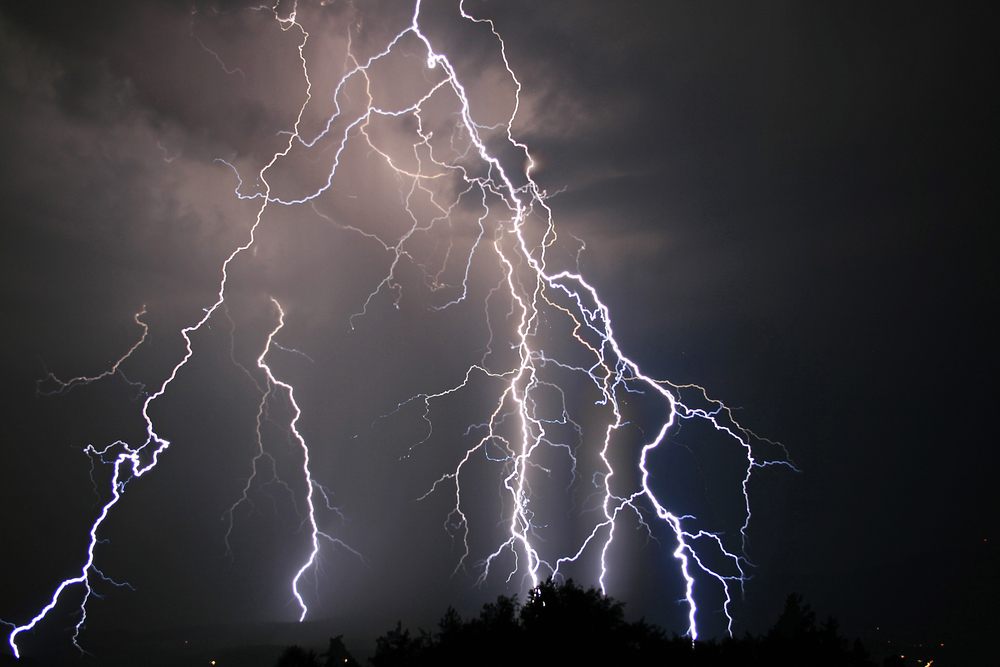Emergency Over: The Special Events Insurance Market in the Post-COVID-19 World

By: Olivia Overman
Fairs, festivals, concerts and other types of special events are a huge part of American life, but people’s ability to get together with friends and family was put on pause in March 2020. The coronavirus pandemic led to the imposition of heavy restrictions on holding special events, particularly events being held indoors. The result led to a decline in the number of events being held during this period.
Since the federal COVID-19 public health emergency was declared officially over in May 2023, special events insurance coverage for small events, such as weddings, bar mitzvahs, and fun runs has returned to the way things used to be in terms of rates and availability. But for certain other larger events, the way things used to be is no longer achievable.
“We used to have problems finding business, not carriers,” says Marcus Paxton, entertainment underwriter/broker, Take1 Insurance. “Now we’re having problems finding carriers, not business, because the capacity and the appetite of multiple carriers has changed drastically.”
This change is the result of a number of significant factors that have hit the special events market, including the coronavirus pandemic and the fallout from the Astroworld music festival tragedy in Houston on Nov. 5, 2021, as well as the continuing catastrophic weather events the U.S. has been experiencing.
The tragic deaths of 10 people and the hundreds injured at the Astroworld music festival is one example of the ripple effect an incident can have on the entertainment market.
“At that one event, you had a lot of carriers impacted because one carrier may have insured the artist, one may have insured the staging team, one the rigging team and another had the promoter,” Paxton says. “And all those people were impacted with lawsuits, across multiple carriers—all that’s playing into the market and really exacerbating the ability to find coverage.”
Further, underwriters remain wary of the ongoing impact of climate-driven disasters. “Catastrophic property perils continue to be a challenge to the marketplace, so expect continued increased deductibles or possibly loss limits for highly exposed parts of the country,” says Stephanie Waldron, chief underwriting officer, K&K.
The changing environment has led carriers to enforce “deeper underwriting, increased coverage restrictions, lower limits of capacity and increased pricing,” says Spencer Batt, executive vice president and chief marketing officer, American Specialty Insurance & Risk Services Inc. “Depending on the type and size of the event, the marketplace wants to see more than just a completed application.”
When subcontractors are involved, underwriters are paying particularly close attention. “Certificates of insurance and contracts are being reviewed to make sure the underwriter is comfortable with the indemnification language and limits required,” Batt explains. “Emergency response plans are also being reviewed to make sure appropriate planning has been completed in case of an emergency.”
“Many carriers are increasingly cautious with regard to how much excess liability limit they want to be exposed to for any one risk,” Waldron says. “In the event space, limit considerations are often based on the event type, size and litigious climate of the location.”
In general, “liability limits are being reduced,” Batt says. “It used to be common for companies to provide up to the lead $10 million of excess capacity, but now that limit is $5 million or less.”
Yet, despite all of this caution, no discussion of the events industry is complete without the obligatory mention of the phenomenon that is Taylor Swift’s “The Eras Tour” that began on March 17. The success of this tour, estimated to have boosted the U.S. economy overall by $4.6 billion, is indicative of America’s love of special events.
Further, the market for standard special events is operating in a less difficult environment. “In our world of bar mitzvahs and weddings and what we would call in the industry ‘standard events,’ 90% of people fit within that box,” says Gregory Esterhai, CEO & co-founder, Eventsured. “This coverage can be done very quickly and very easily.”
“Typically, it’s the venue that will tell the insured the limits it requires for an event, which are usually $1 million per occurrence, $2 million aggregate in damage to rented premises,” Esterhai explains. “But if one of those venues was to say they needed something different, that’s where an agent would come in and provide assistance, helping the insured to navigate that.”
Olivia Overman is IA content editor.










